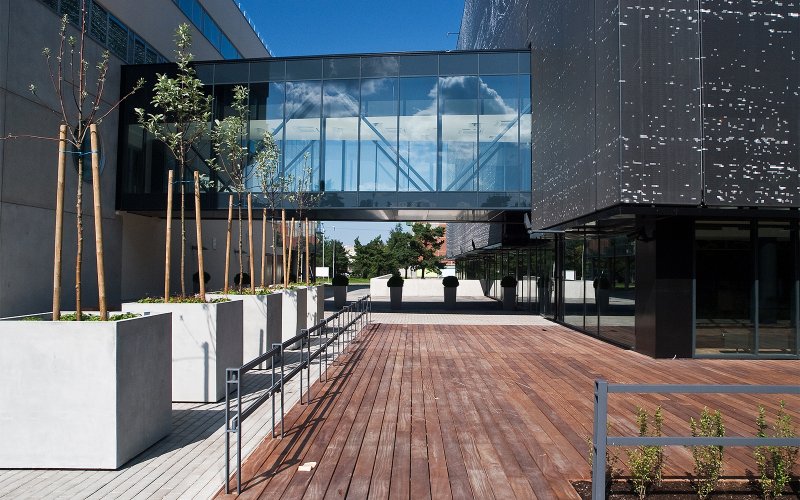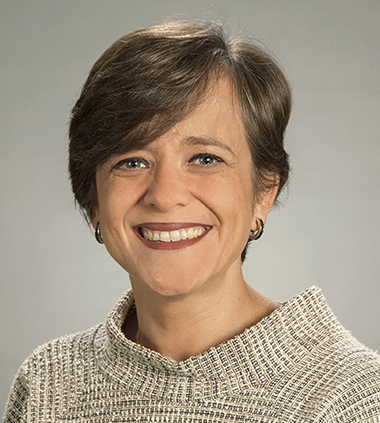CTG UAlbany Tackles Challenges Facing Urban Governments

ALBANY, N.Y. (Aug. 25, 2022) — As data collection technologies advance, more and more communities are integrating a wealth of information with the goal of becoming a “smart city.” From improving urban operations and quality of life to advancing the local economy and environmental sustainability, smart cities are becoming more commonplace across the globe.
Now, researchers at the Center for Technology in Government and the FinEst Centre for Smart Cities at the Tallinn University of Technology are investigating the long-term problems faced by local governments in their “smart city” efforts.
In a new publication, “Systematic Mapping of Long-Term Urban Challenges,” published in the journal Sustainability, authors Mila Gascó-Hernandez, Ralf-Martin Soe and Lill Sarv utilized a case study approach to identify these key challenges. Using empirical evidence from several local governments in Estonia, their goal was to fill a research gap by proposing a transferable and participatory roadmap for systematically identifying, defining and understanding urban challenges on a local/regional level, rather than generic challenges facing all cities globally.

While tools exist to help promote smart-city models, urban communities face long-term challenges that can impede efforts to harness the potential of smart technologies for the benefit of their citizenry. Although it may seem that cities share similar challenges, the importance of context in shaping urban problems reveals that cities do not share the same problems, to the same degrees or in the same combinations, according to the authors.
A better understanding of urban challenges may also result in the design of more targeted smart city initiatives and, therefore, higher chances for smart cities to fulfil their ultimate goals: creating public value and improving the quality of life of their citizens.
“Instead of current problems relating only to one city, this study focuses on finding shared, long-term challenges facing the communities we studied,” said Gascó-Hernández, research director at CTG UAlbany and an associate professor at Rockefeller College of Public Affairs and Policy. “This provides valuable input to initiating new research and innovation projects in the key, smart city domains, such as energy, mobility, built environment, governance and data.”
In the case of the cities in Estonia, the authors identified 10 key challenges through their research:
- The energy consumption of (depreciated) buildings is too high;
- Urban mobility does not combine the full potential of different modes of transport;
- The energy supply and transport infrastructure for industrial development is low;
- Insufficient and/or uncomfortable public transport;
- Lack of fast and economical connections to other key cities;
- The data to be collected is not available to different user groups;
- Skills and capacity to collect and use data are low;
- Public services are not accessible to all target groups;
- The energy production is too carbon-intensive; and
- Urban planning is not comprehensive, optimal and sustainable.
“One key goal of our project is that we need to develop a better understanding of urban challenges, so that we can design more targeted smart city initiatives,” continued Gascó-Hernández. “By doing so, smart cities would therefore be better positioned to succeed in fulfilling their goals, namely creating public value and improving the quality of life of their citizens.”
The authors see the main contribution of the paper is a validation of a problem-based approach to smart city solutions. While it is evident that novel urban technologies should deal with actual problems, there is a research gap on how to map these urban challenges. Therefore, the authors argue that a systematic mapping of urban issues could be considered as a first step when developing more complex smart city solutions.
As a follow-up to the current research, the authors are considering the mapping of city challenges — using the same process — in other cities in Europe and beyond to constantly improve the city challenge mapping process.




